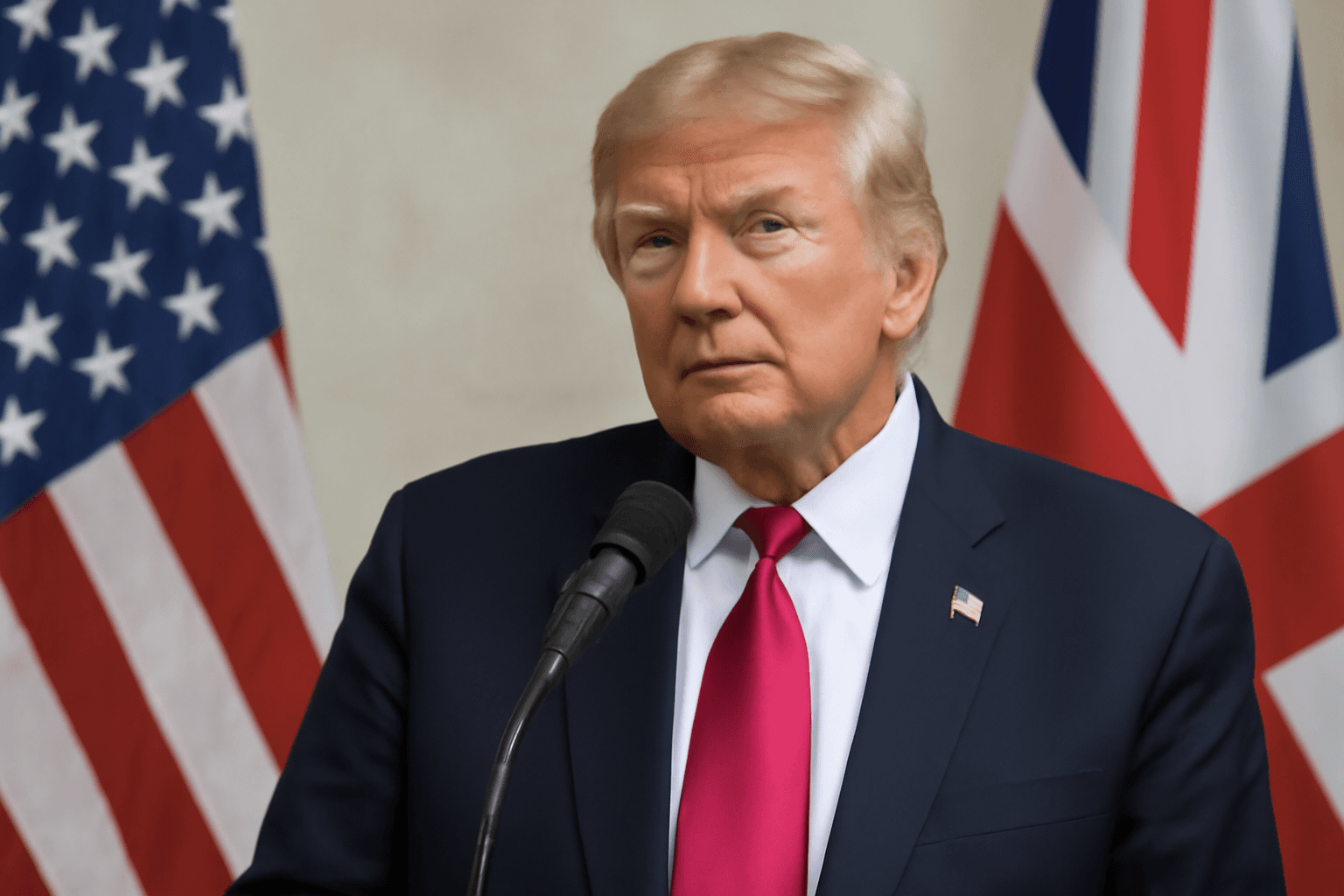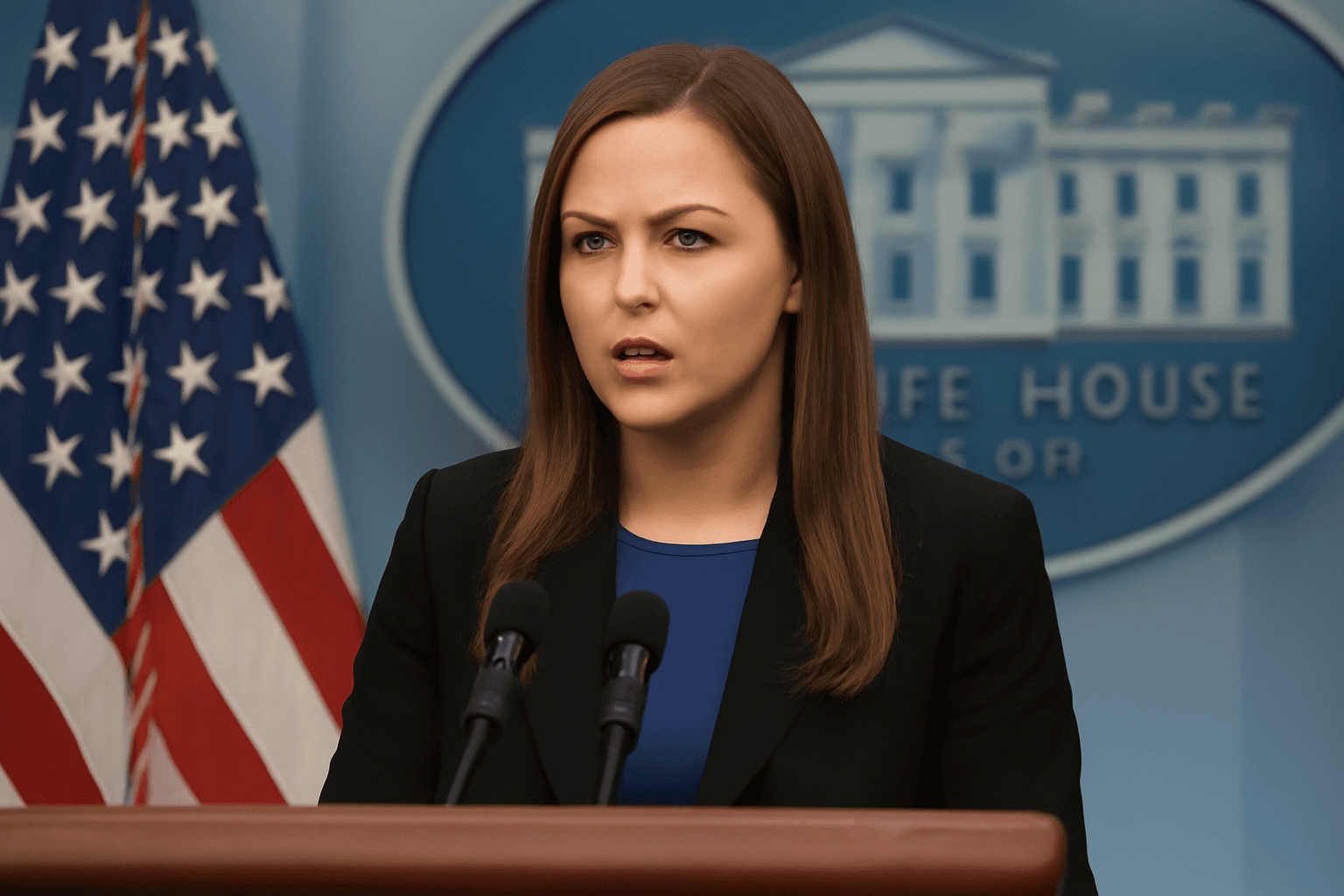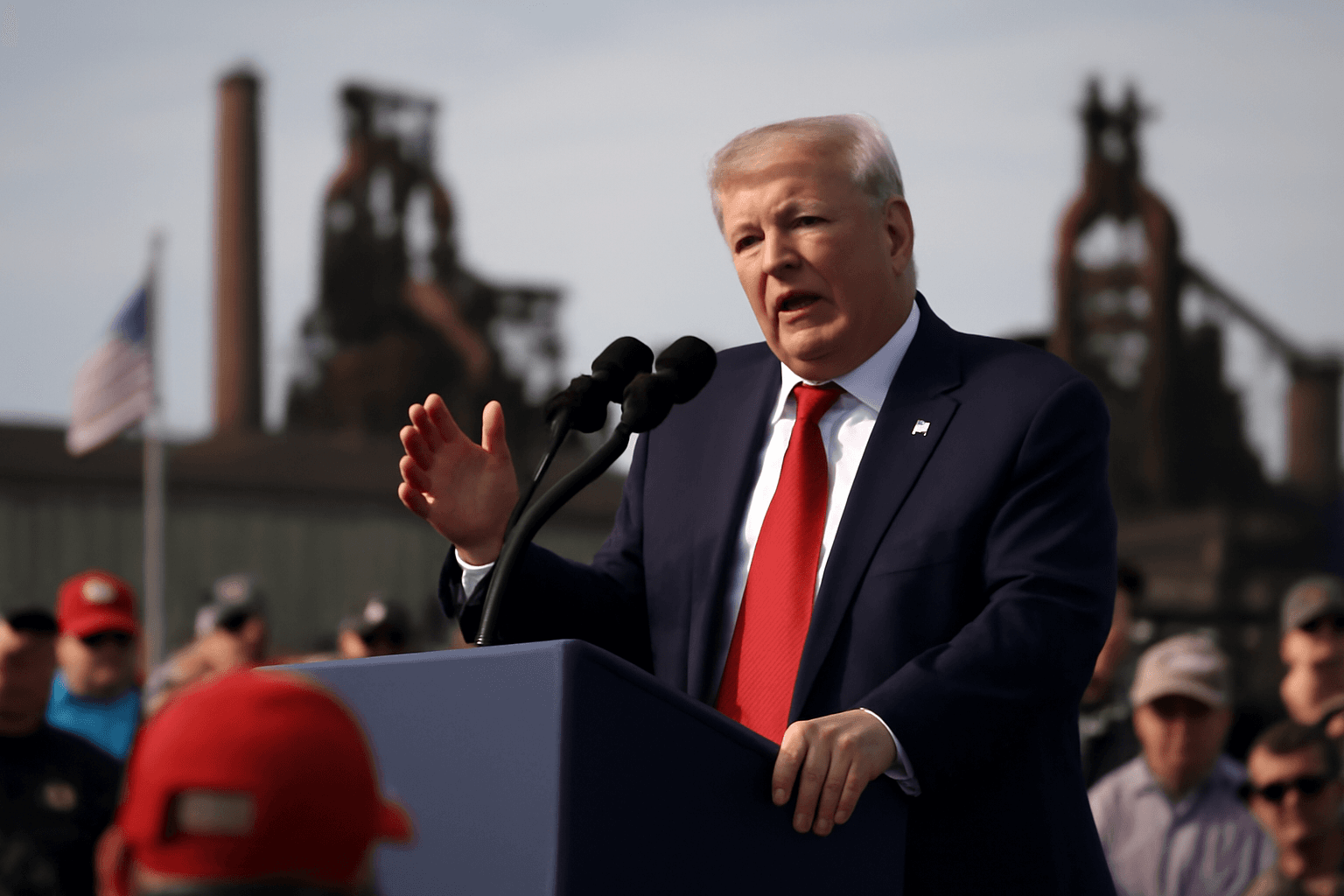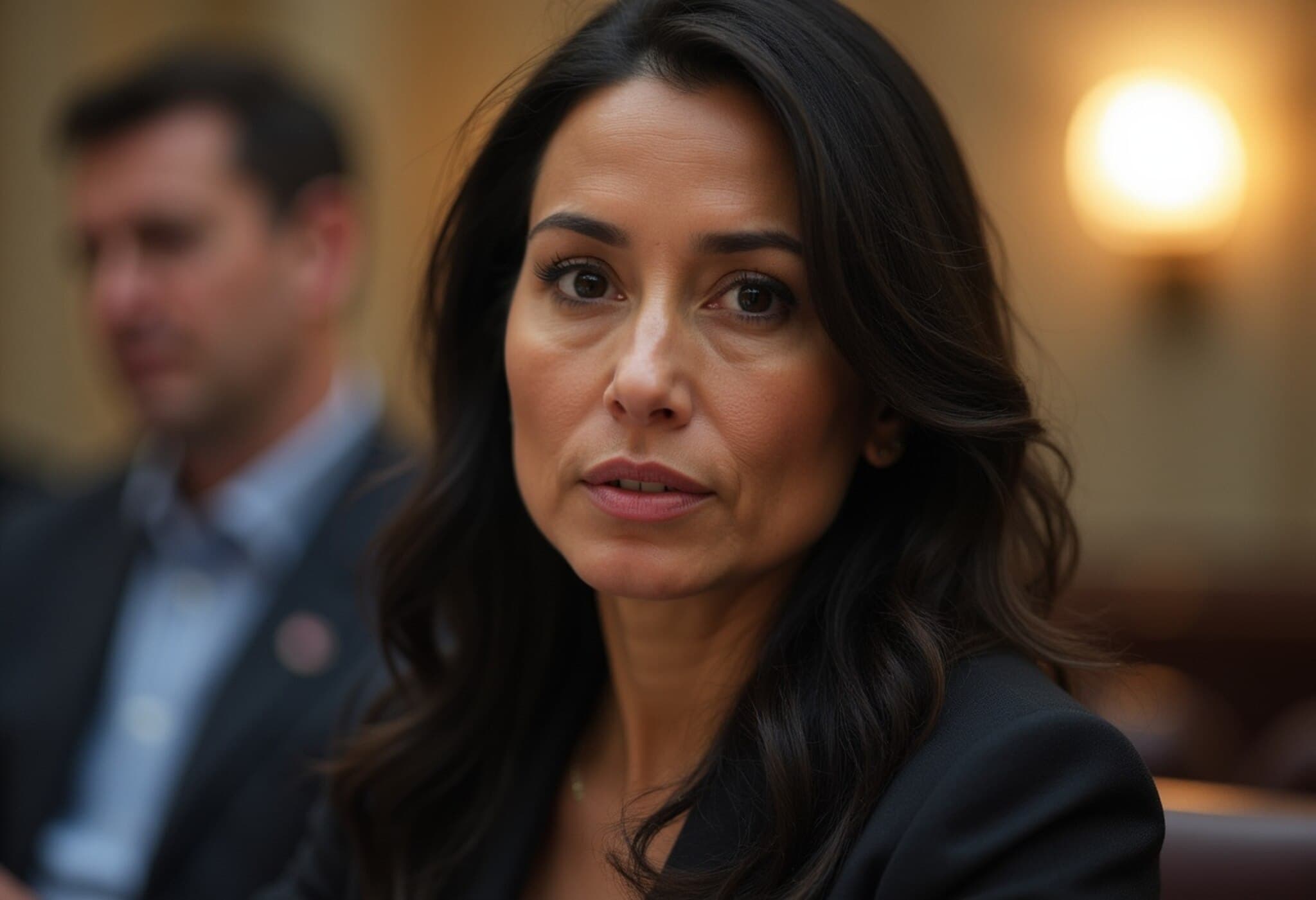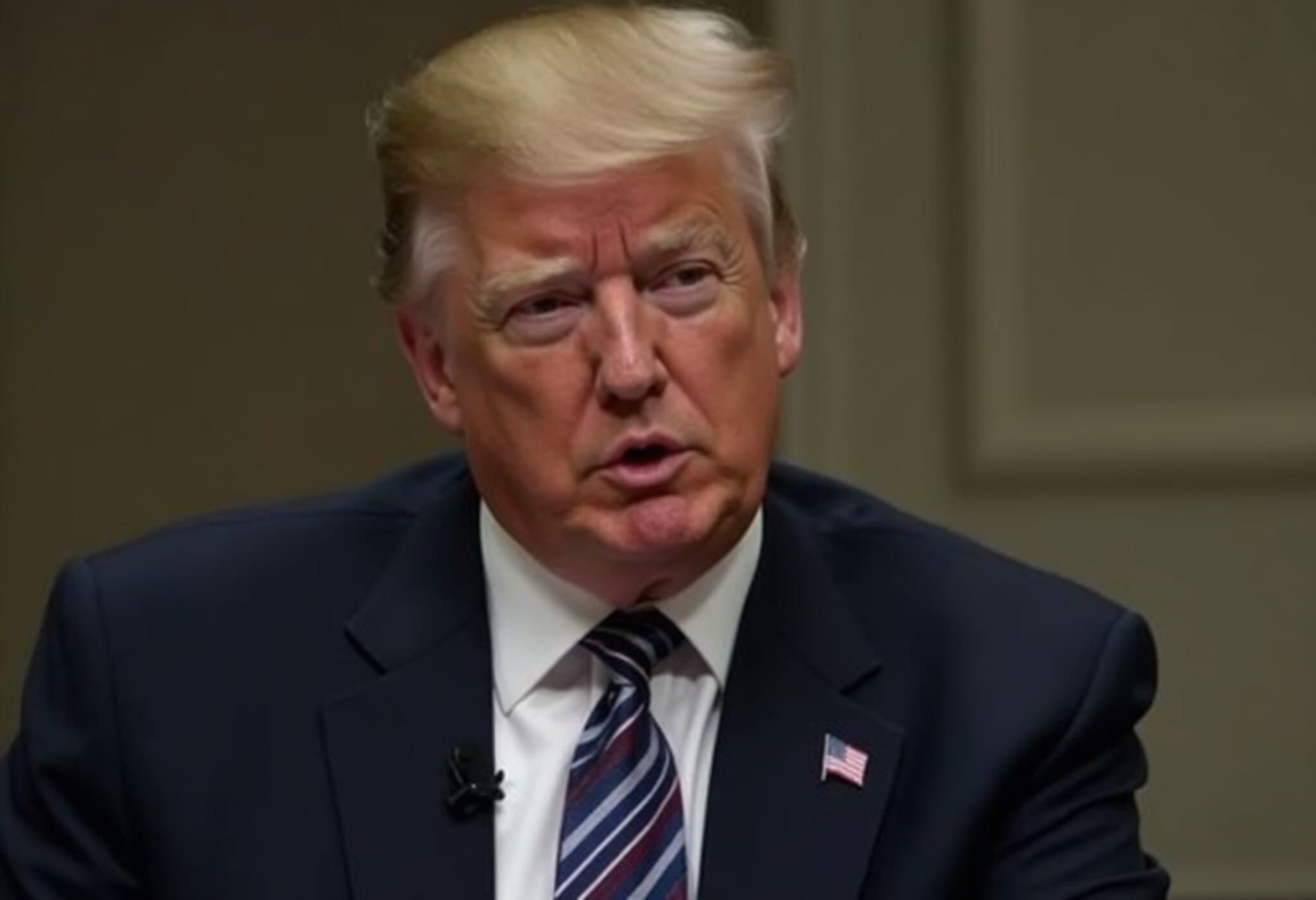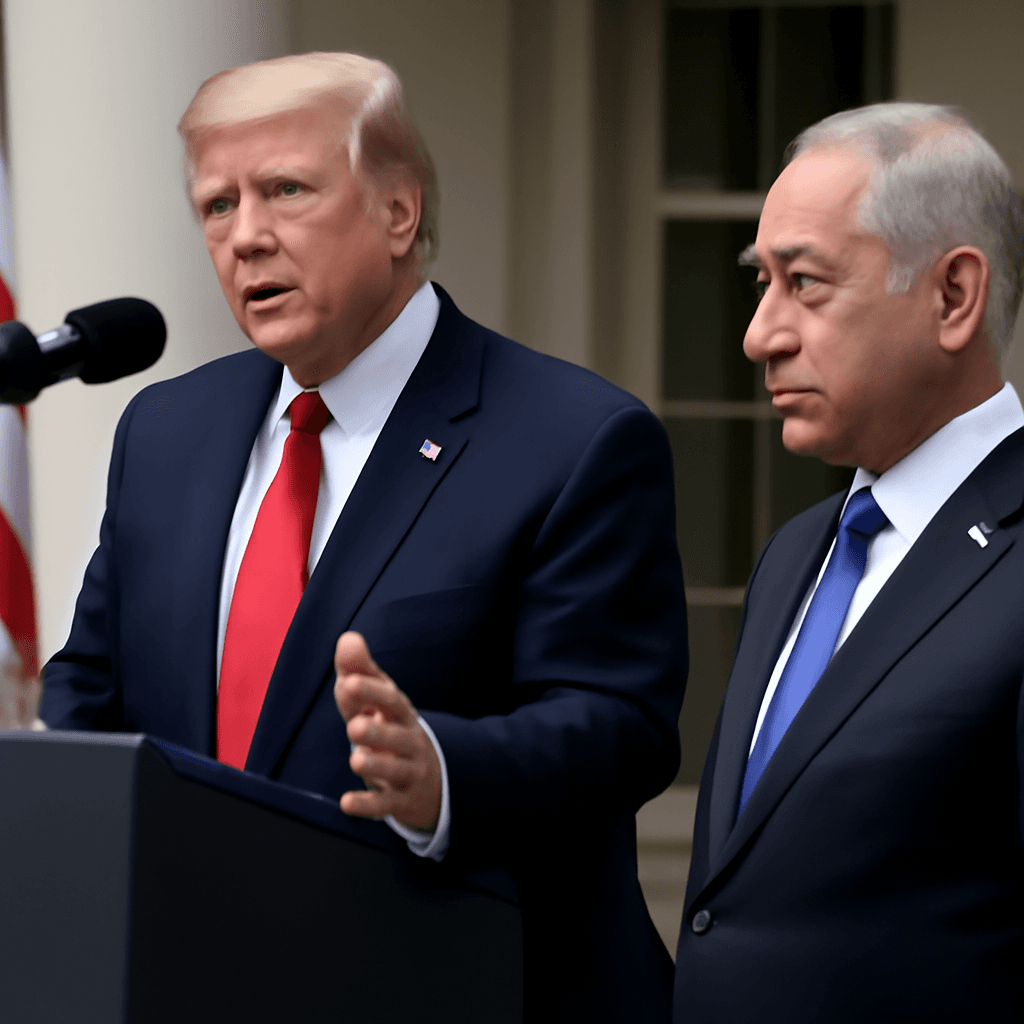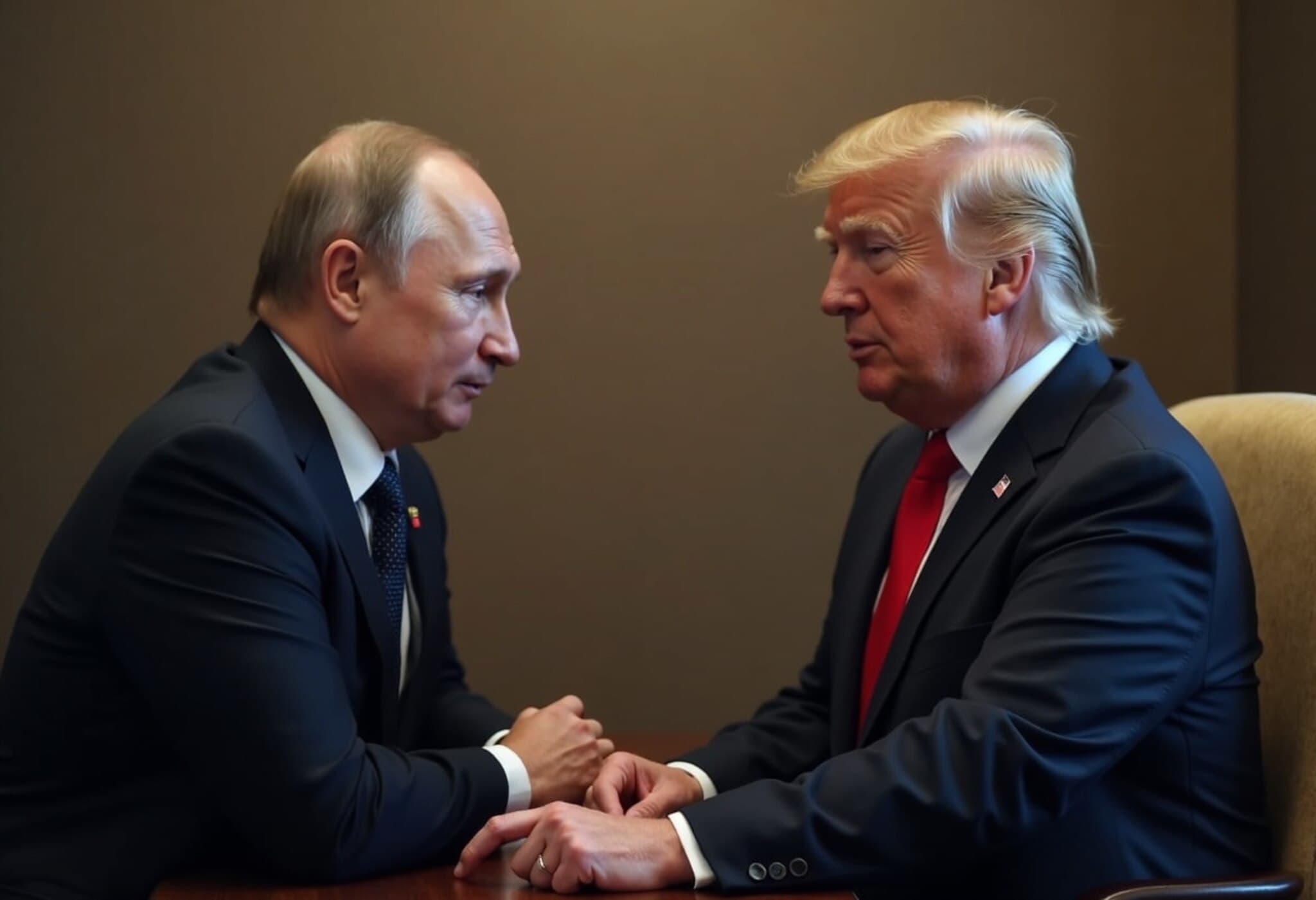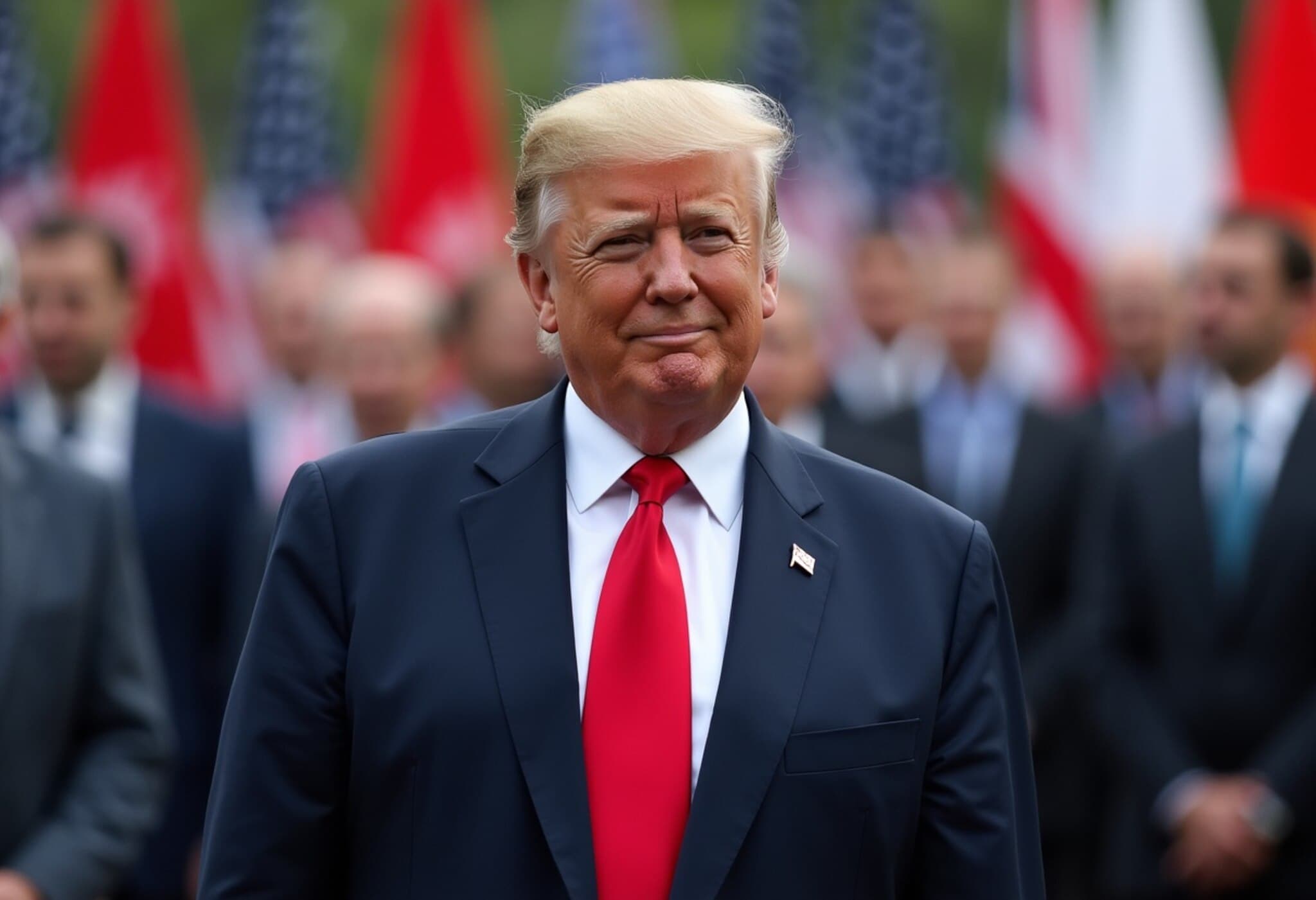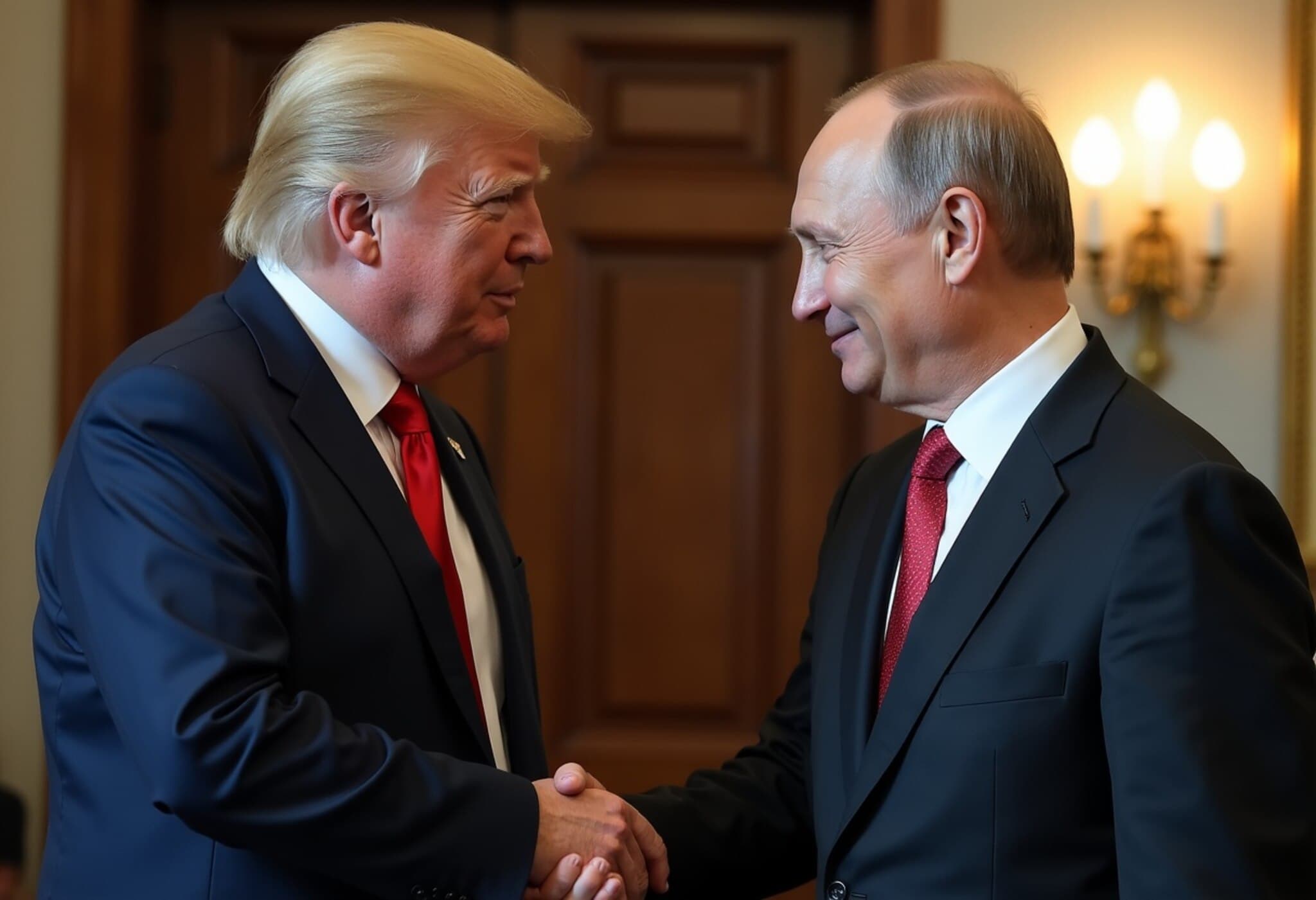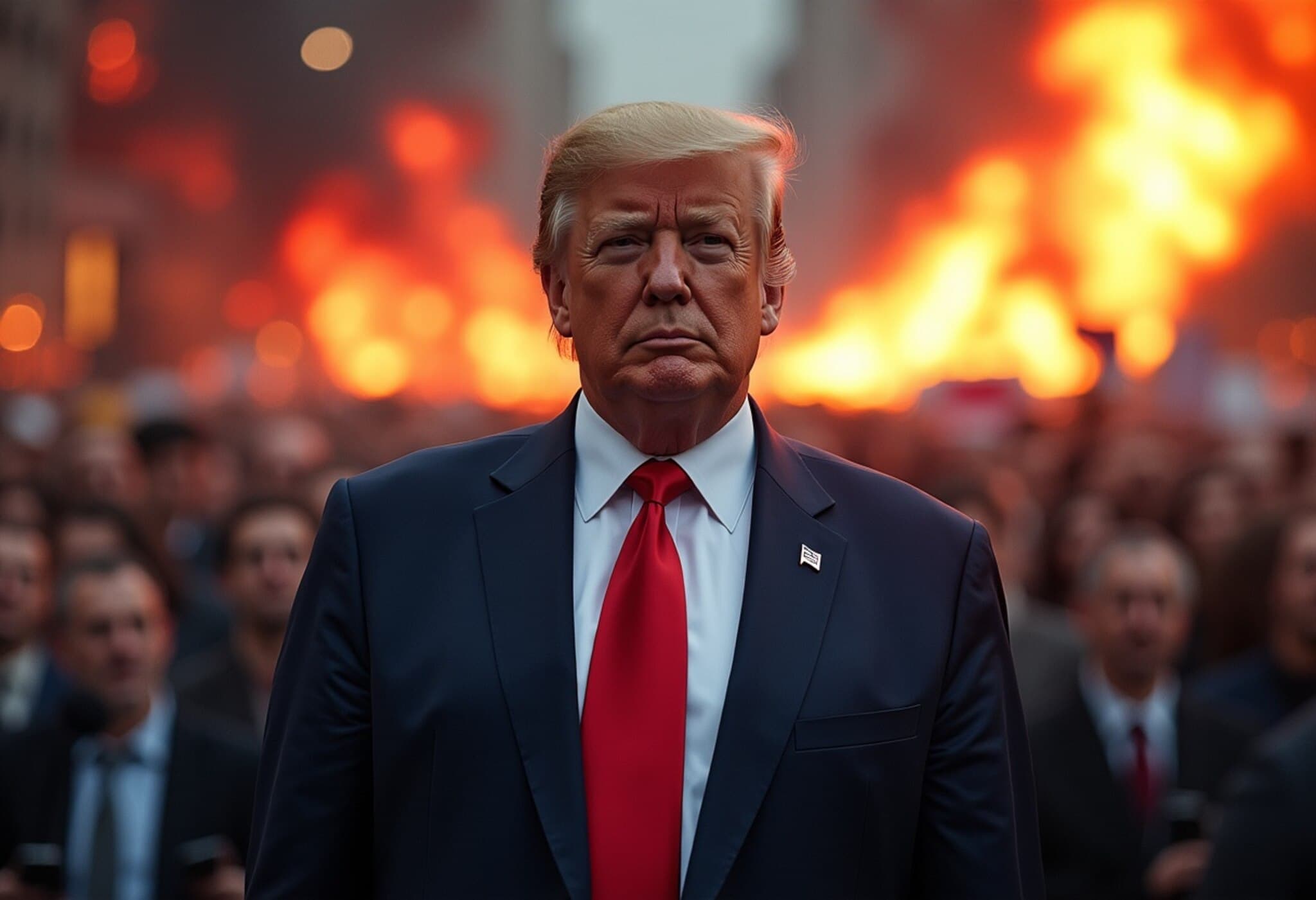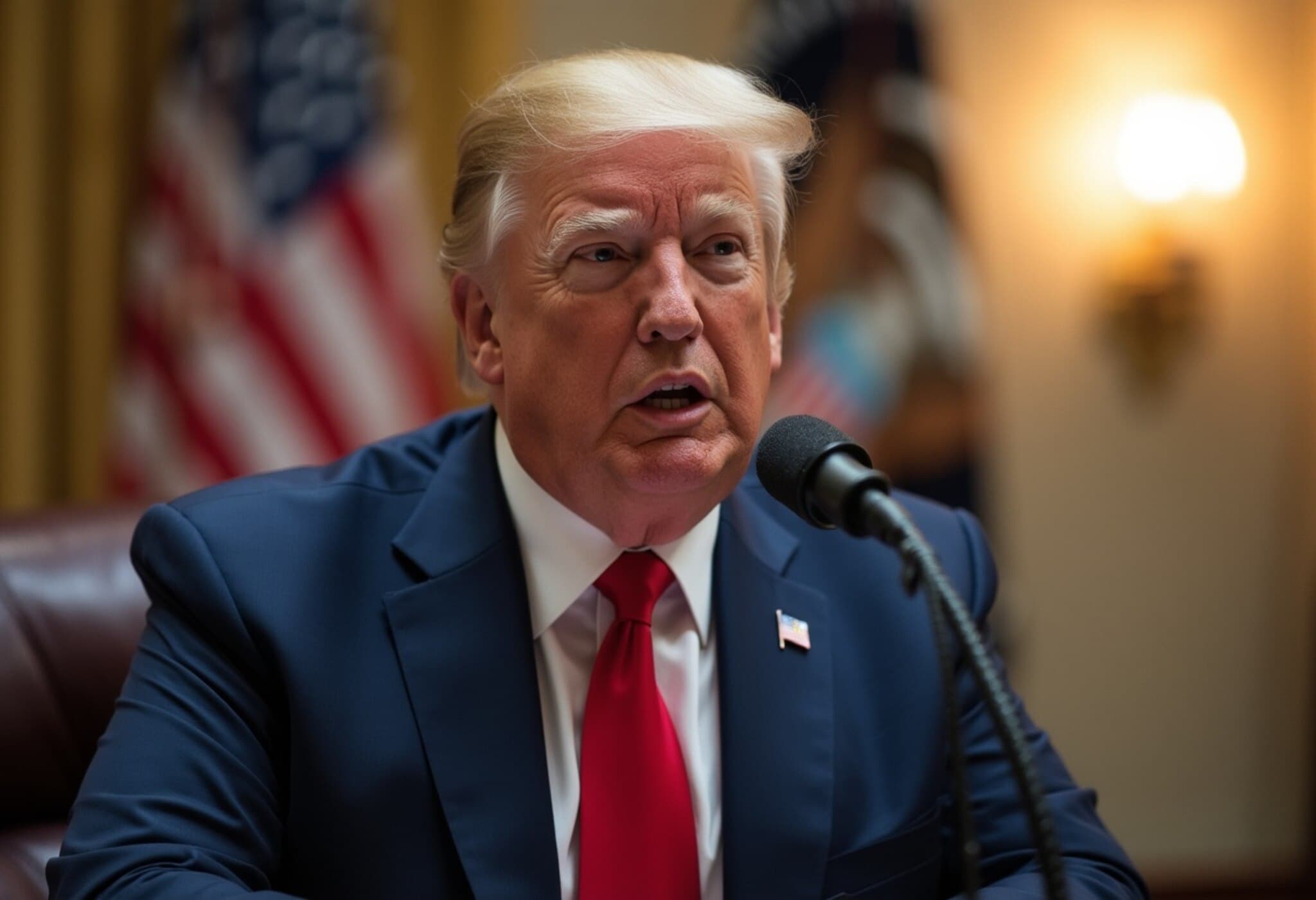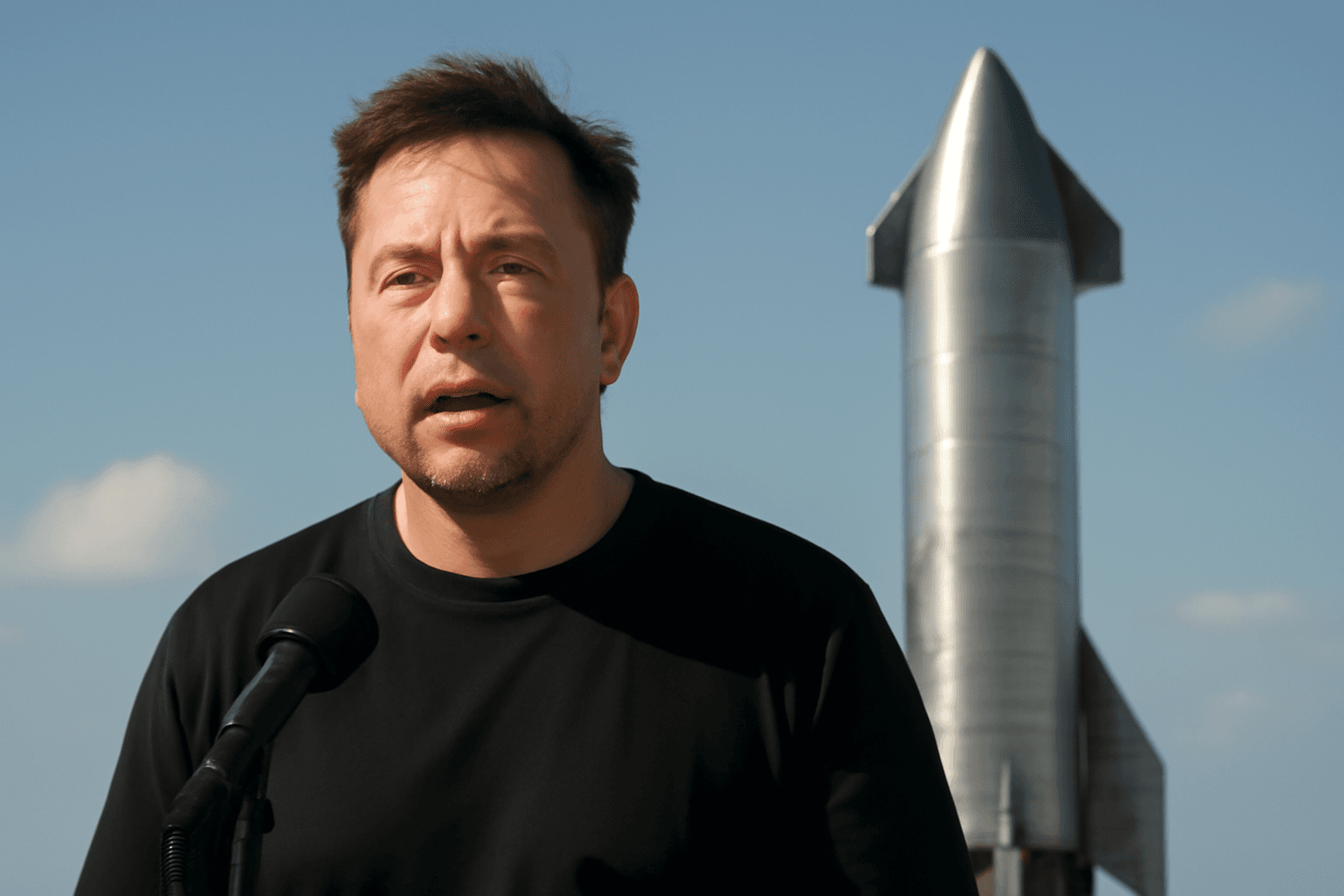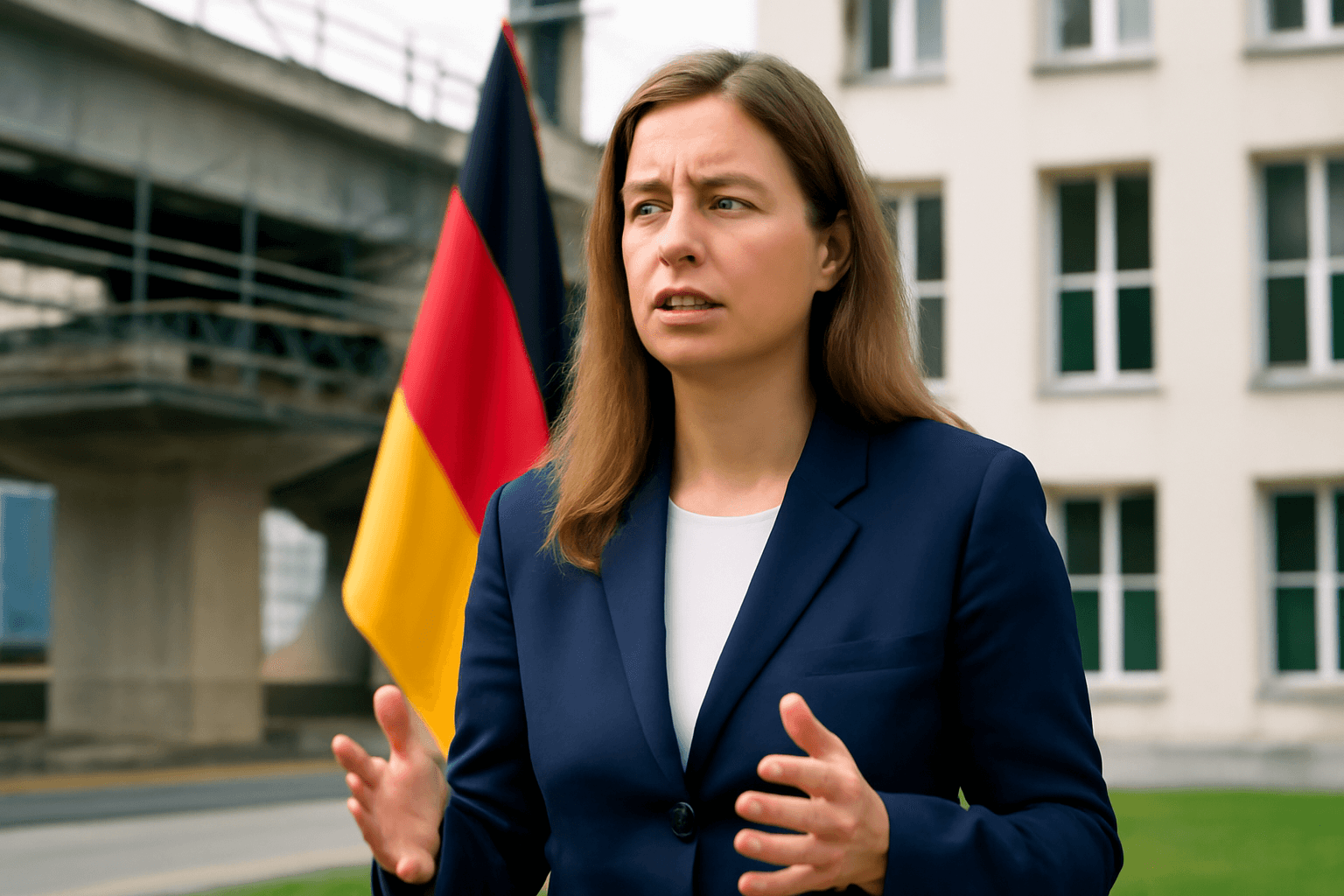The MAGA movement, led by former President Donald Trump and Vice President JD Vance, frequently champions an “America First” ideology, emphasizing a withdrawal from foreign conflicts. However, their foreign policy approach reveals a paradox: while publicly advocating for American isolationism, their actions demonstrate a persistent and selective engagement in global affairs.
Trump and his allies often dismiss conflicts such as those in Gaza and Ukraine as "not America’s wars." Yet behind the scenes, Trump's administration actively influenced diplomatic developments. For instance, during the Gaza conflict, despite labeling it a non-American issue, Trump was visibly concerned with Palestinian suffering and pressured Israel to allow humanitarian aid, even facilitating a hostage release. These maneuvers suggest an attempt to maintain influence and project a global peacemaker image rather than genuine disengagement.
Similarly, in Ukraine, Trump condemned both Russian President Vladimir Putin’s aggressive military actions and Ukrainian President Volodymyr Zelenskyy’s rhetoric. His involvement included direct negotiations with Putin aimed at brokering ceasefires, illustrating a hands-on diplomatic presence masked by a rhetoric of detachment.
Trump's claim of mediating the India-Pakistan ceasefire in May has been disputed by Indian officials, who maintain the truce resulted from bilateral military negotiations. This contested assertion spotlights an inclination within MAGA to credit itself with significant foreign policy achievements regardless of factual accuracy, reinforcing influence through narrative control.
Critics argue that Trump’s so-called isolationism deviates from traditional non-interventionism. Instead, it reflects a more erratic and symbolic engagement that prioritizes ideological dissemination and cultural influence over substantive diplomatic or military involvement. The MAGA movement seeks to reshape global norms in alignment with its ideological beliefs, often intervening in other nations' internal affairs, such as criticizing European leaders on cultural issues or commenting on press freedoms abroad.
Despite reduced reliance on hard power, MAGA’s foreign policy leverages soft power platforms, including social media and media dominance, to amplify America’s ideological reach. Trump’s approach is less about conflict resolution and more about storytelling, posturing, and establishing dominance in the global narrative.
In summary, MAGA’s foreign policy is characterized not by true isolationism but by selective, performative involvement designed to maintain American influence and control over global discourse without traditional commitments. This contradictory stance challenges the coherence of America’s role on the world stage and raises questions about the future of its foreign relations under MAGA leadership.

